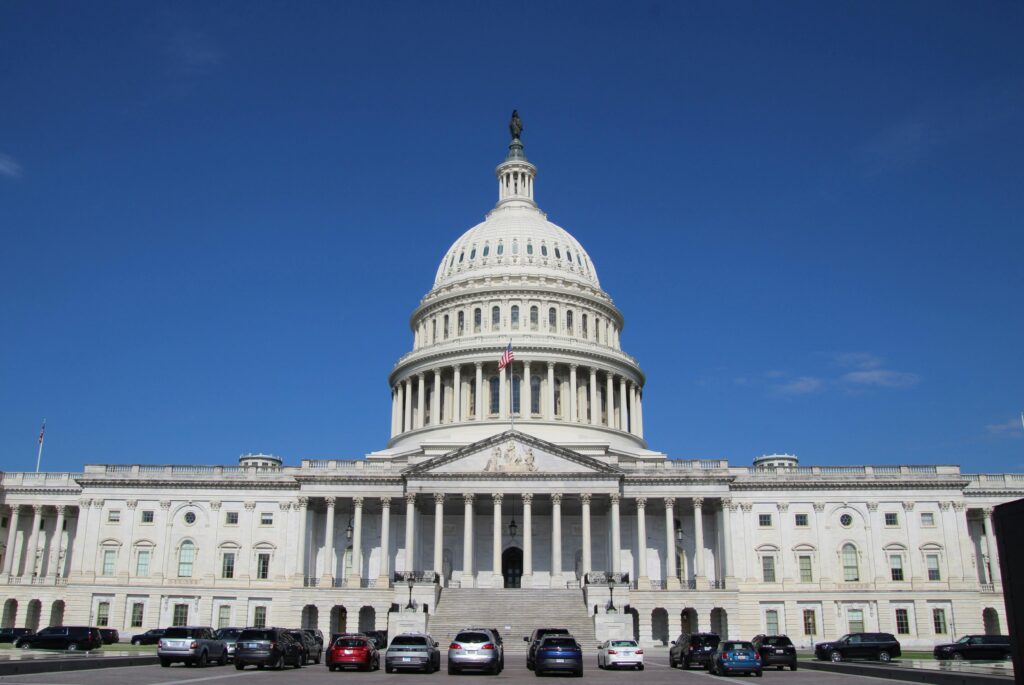“Ever tried reading the fine print of an insurance policy late at night? It’s like trying to decipher ancient runes while running on caffeine fumes.” Sound familiar?
If you’re navigating political risk insurance, there’s one term you might have stumbled upon that raises eyebrows and anxiety levels alike: pre-existing condition exclusion. What does it mean for your coverage? And why should you care?
In this guide, we’ll break down everything about pre-existing condition exclusions in political risk insurance so you can protect yourself without losing sleep over legal jargon. You’ll learn:
- The basics of political risk insurance.
- How a pre-existing condition exclusion works.
- Actionable tips to minimize its impact.
Table of Contents
- Key Takeaways
- What Is Political Risk Insurance?
- Demystifying Pre-Existing Condition Exclusion
- Tips & Best Practices
- Real-World Examples
- FAQs
- Conclusion
Key Takeaways
- A pre-existing condition exclusion denies coverage for risks already present before purchasing political risk insurance.
- This clause protects insurers but requires careful scrutiny from buyers.
- You can negotiate terms or disclose issues upfront to reduce surprises later.
What Is Political Risk Insurance and Why Does It Matter?
Imagine investing millions into opening a factory overseas only to find out the local government suddenly nationalizes all foreign-owned assets. Yikes. That’s where political risk insurance swoops in—a financial safety net against unpredictable geopolitical events.

Now let’s talk about the elephant in the room—pre-existing condition exclusion. Think of this as the “don’t ask, don’t cover” rule of the insurance world. Essentially, if your investment was already exposed to certain political threats when you bought the policy, those threats won’t be covered. Brutal honesty: this exclusion exists because insurers aren’t charities. They avoid covering situations they didn’t sign up for.
Demystifying Pre-Existing Condition Exclusion: How It Works
Pictures time—it’s sensory oversharing mode here. Imagine someone handing you a contract filled with tiny letters saying, “Oh yeah, BTW, anything bad happening right now? Not our problem.” Sounds like your old laptop fan overheating, huh?
Step 1: Defining the Fine Print
In simple terms, the pre-existing condition exclusion means any ongoing issue (e.g., regulatory crackdowns, protests, or sanctions) prior to your policy start date will not be covered. Example? If Country X has been experiencing severe civil unrest for months and you buy coverage during that chaos, guess what? Any losses related to said unrest are excluded.
Step 2: Reviewing Historical Context
Optimist You: *”I’ll just get insured and chill!”*
Grumpy Me: *”*Ugh, did you check whether your situation fits their definition of ‘new risk’?”*
Risk assessment teams often analyze historical data to spot red flags. So unless you’re Crystal Ball McFuturePredictor, you need to dig deep and understand how far back these definitions stretch.
Tips & Best Practices to Navigate Pre-Existing Condition Exclusion
TIP #1: Full Disclosure is Non-Negotiable
If you think hiding problems will work out in your favor, stop right there. Terrible advice alert: dishonesty gets you nowhere except handed denial letters faster than you can say “Appeal Denied.”
TIP #2: Get Creative with Negotiation
Sometimes, adding riders or endorsements tailored specifically for your scenario can help mitigate exclusions. Sounds complicated? It kinda is, which brings us to…
TIP #3: Hire a Pro!
An experienced broker knows exactly how to structure policies around tricky clauses like the dreaded pre-existing condition exclusion.

Real-World Examples: Navigating Clauses Like a Boss
Remember John Doe from Big Corp Inc.? He faced a similar dilemma while expanding operations in Region Y. By disclosing potential geopolitical tensions early and working closely with his insurer, he managed to secure partial coverage despite some initial conditions being flagged under the pre-existing condition exclusion.

FAQs About Pre-Existing Condition Exclusion
Q: Can I Negotiate Terms Around This Clause Entirely?
Absolutely—but prepare for extra premium hikes depending on perceived risk magnitude.
Q: What Counts as a ‘Pre-Existing’ Issue?
Anything documented publicly or verifiable through reputable sources counts.
Conclusion
To recap, understanding pre-existing condition exclusions isn’t just essential—it’s survival gear for anyone dabbling in political risk insurance. Whether you’re negotiating better terms, hiring experts, or simply reading between lines like Sherlock Holmes reborn, staying informed keeps you ahead of pitfalls.
So next time you hear “pre-existing condition exclusion,” don’t panic. Instead, channel your inner detective—or barista—and tackle it head-on. Oh, and remember…
Like dial-up internet, patience is key to unlocking smooth sailing.
### Notes:
1. Ensure images (`src`) point to valid URLs or replace placeholders.
2. Adjust image `alt` text based on actual visuals used.


